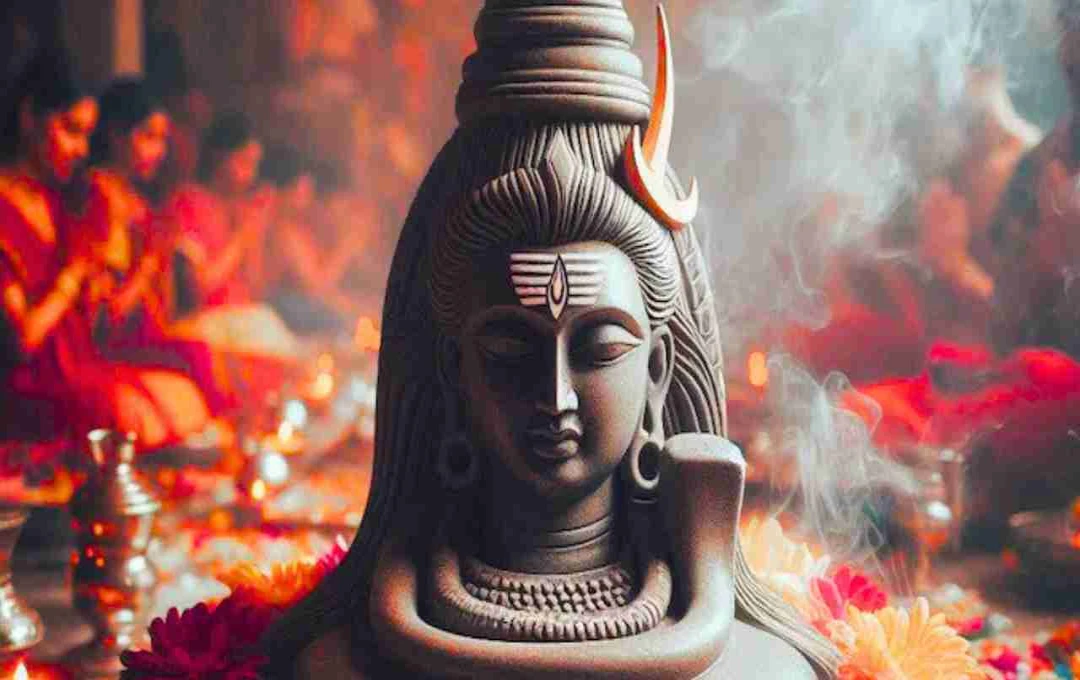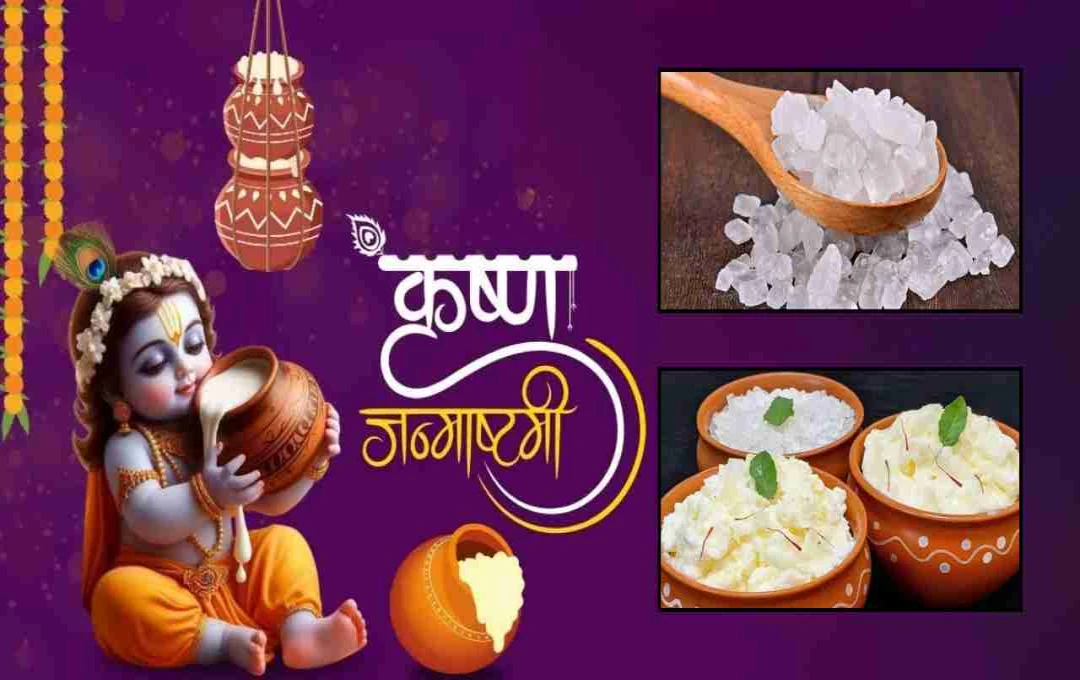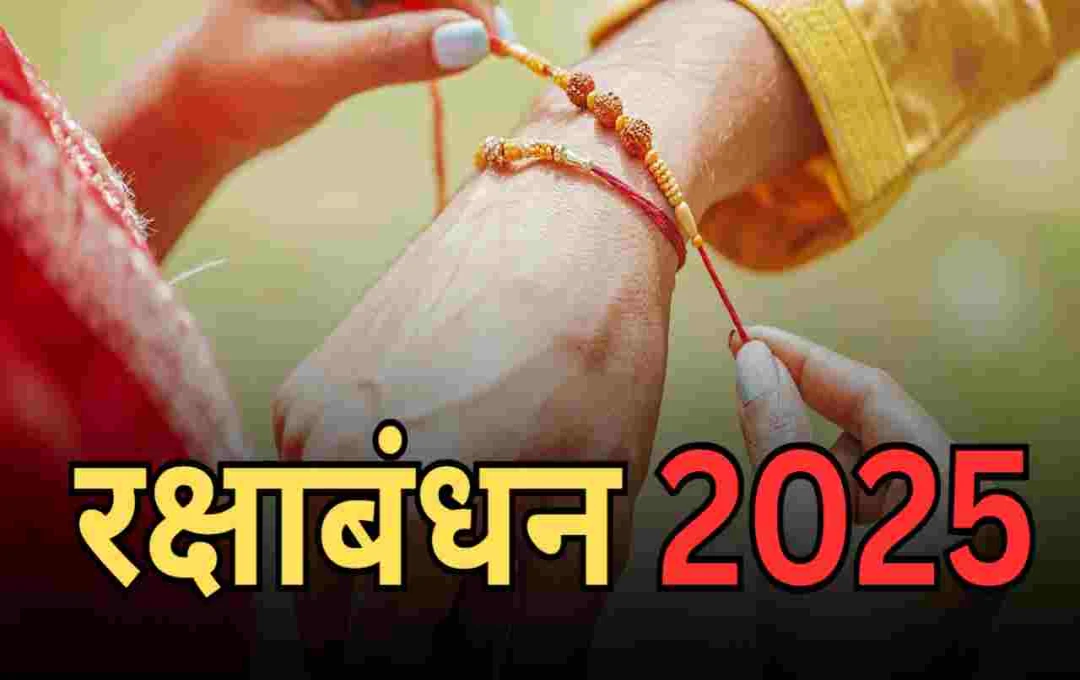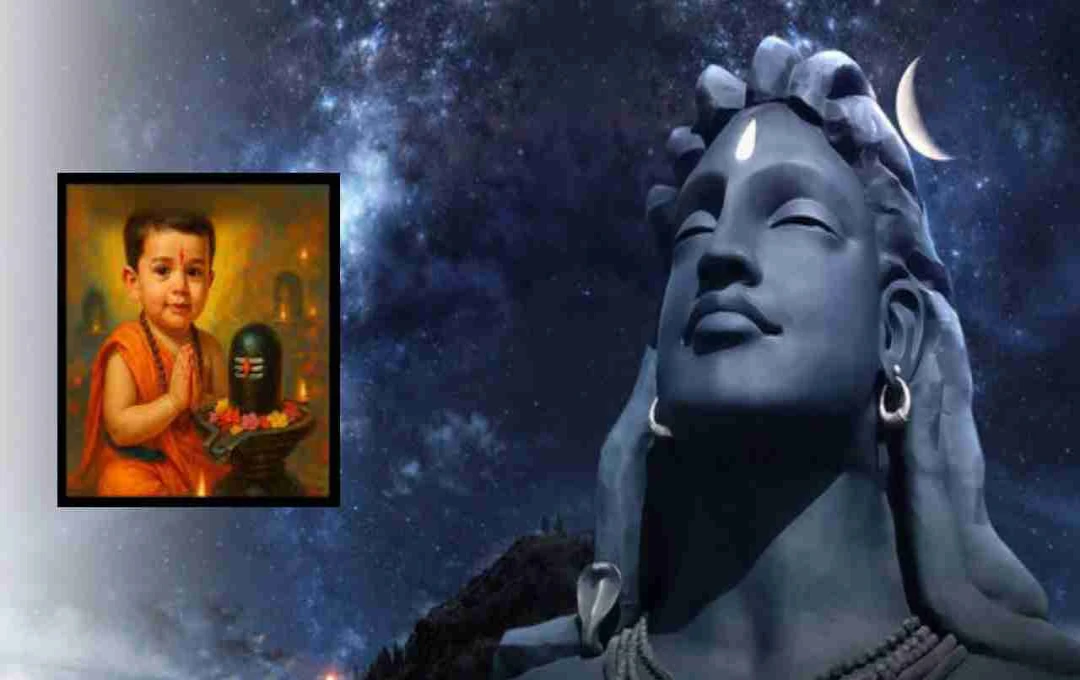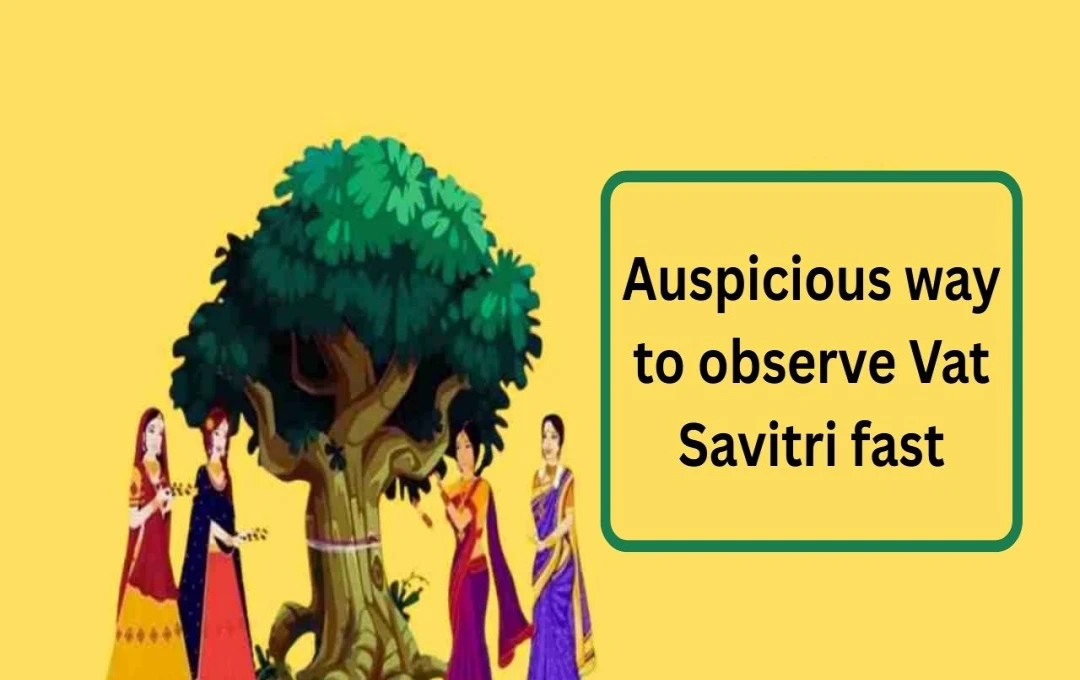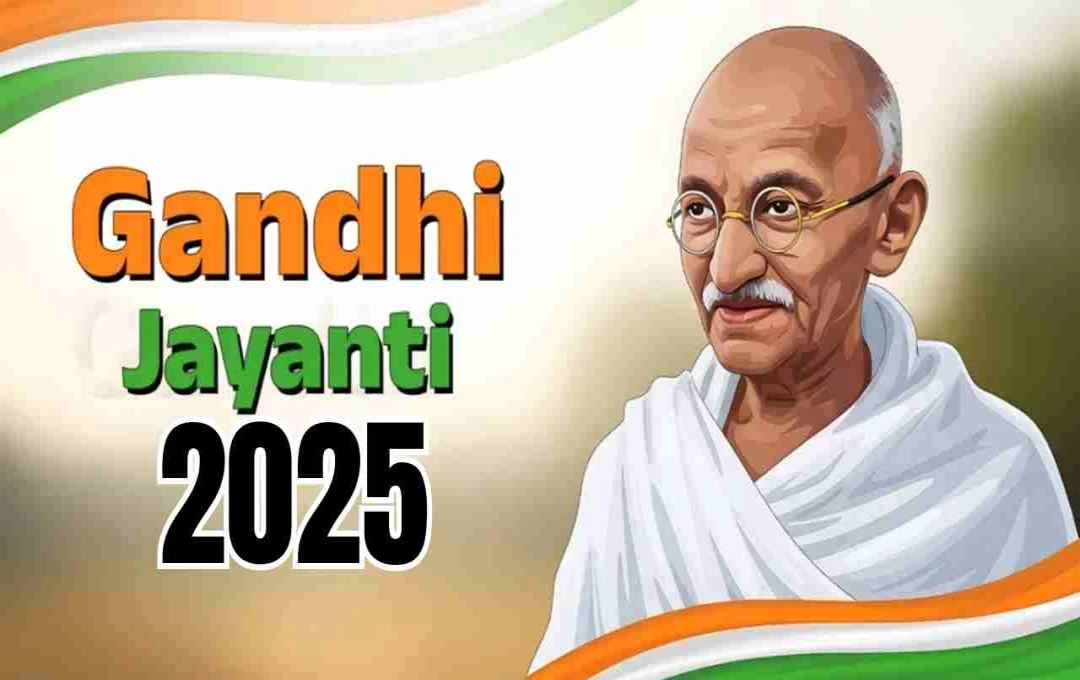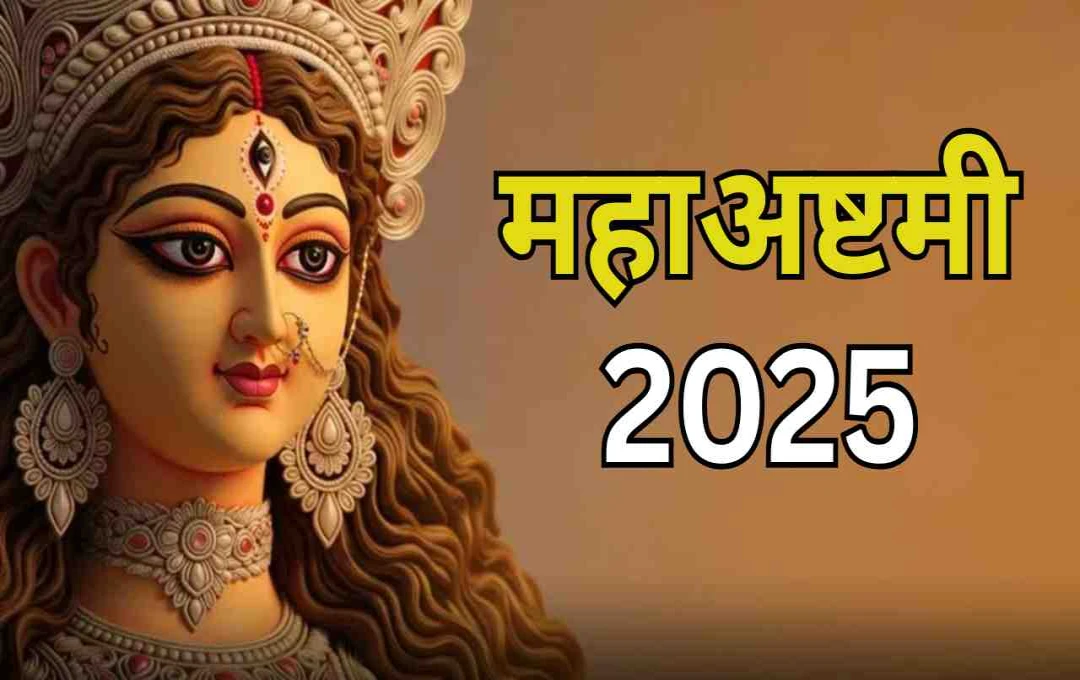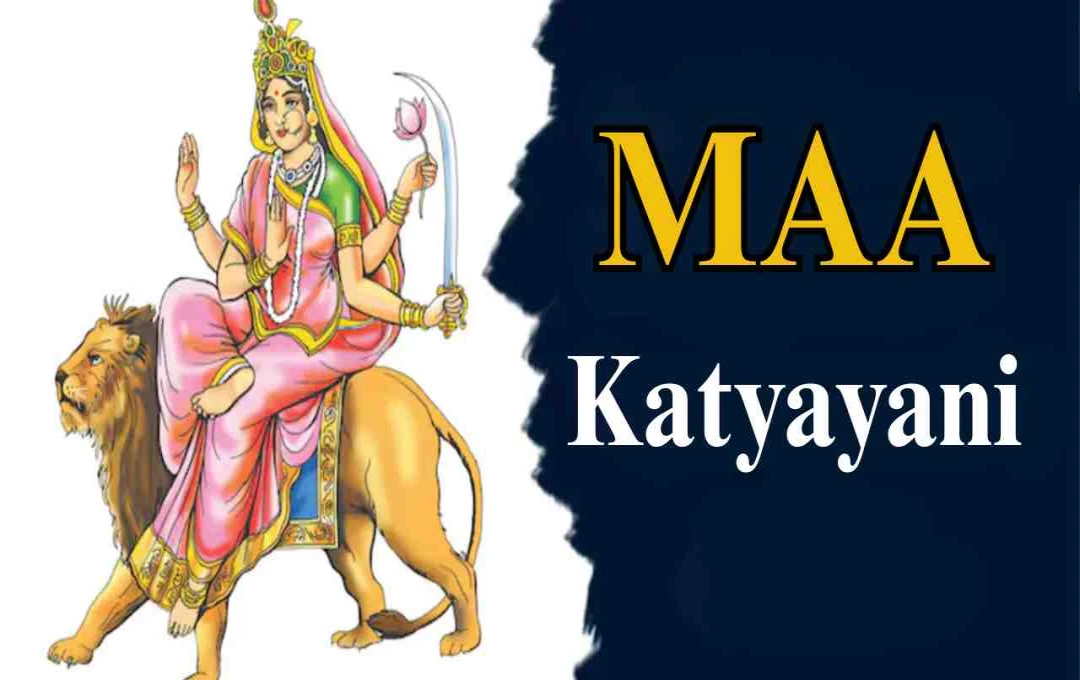Hinduism is considered the world's oldest and living religion. It has no founder and is a Sanatan tradition based on sages and Shruti-Smriti texts. According to Vedic texts and Puranas, this religion is beginningless and endless. Other ancient religions have become extinct, while Hinduism is still widely practiced today.
World Oldest Religion: Hinduism, also known as Sanatan Dharma, is considered the world's oldest living religion. It has no founder and is based on the Rishi-Manu tradition and the Vedas. In Vedic texts, the Bhagavad Gita, and the Puranas, it is described as beginningless and endless. Other ancient religions such as Egyptian, Mesopotamian, Greek, and Zoroastrian religions have now become extinct, while Hinduism is still widely practiced in India and Southeast Asia.
Hinduism and its Ancient Form
The greatest characteristic of Hinduism is that it has no founder. This religion developed through the tradition of sages, humans, and Shruti-Smriti texts. It is called Sanatan Dharma, which means beginningless and endless. In this religion, special attention is given to the concept of nature, soul, and supreme soul.
According to Britannica and other studies, the number of people who believe in Hinduism is between 1.2 and 1.3 billion. It is widely practiced in India, the Indian subcontinent, and Southeast Asia. Hinduism is also the third largest religion in the world.
The Importance of Hinduism in Vedic Texts
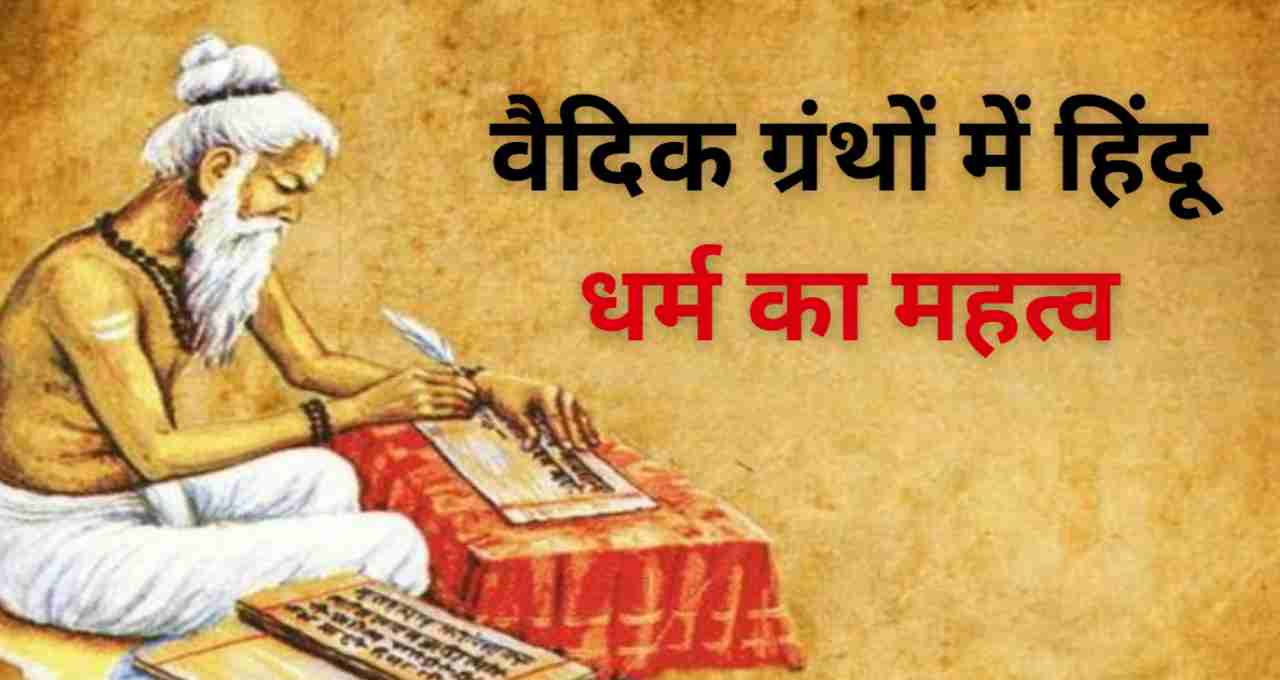
There are four major texts of Hinduism - Rigveda, Yajurveda, Samaveda, and Atharvaveda. Their composition is believed to have taken place between approximately 1500 BC and 500 BC. It is written in Manusmriti, 'Dharmam Sanatanam Vidyat', that is, Dharma is eternal, which has no beginning and no end.
The Bhagavad Gita (Chapter 4, Verse 1-2) mentions that Shri Krishna gave the tradition of Yoga, which has been going on since time immemorial. In addition, it is written in Vishnu Purana (3/2/24) that Dharma runs in all four eras and it is eternal. After the Vedic period came the classical, epic, and Puranic periods, in which the worship of gods and goddesses and the idea of religion became major components.
Comparison of Other Ancient Religions
Other ancient religions in the world also started in the Stone and Bronze Ages. The ancient religion of Egypt was born in prehistoric times, but its established form is considered to be before about 3000 BC. Now this religion has become extinct.
The Mesopotamian religion began around 4100-2900 BC in the Uruk period. This religion is now limited to history only. The Greek religion was born in the Bronze Age, but today it is also limited to mythology only.
Zoroastrianism, also known as Parsi religion, was founded by Prophet Zarathustra in Iran about 3500 years ago. However, this religion is now on the verge of extinction. In comparison to all these ancient religions, Hinduism is still alive and prevalent today.
Features of Hinduism
The biggest feature of Hinduism is its tradition that has been going on since time immemorial. In this, not only the teachings of karma and dharma have been given, but also the moral and spiritual paths of living life have been told. This religion incorporates both science and philosophy.
Hinduism still guides its followers from a moral, spiritual, and social point of view. Its influence is not limited to India only, but its teachings are also being spread globally through yoga and meditation.






